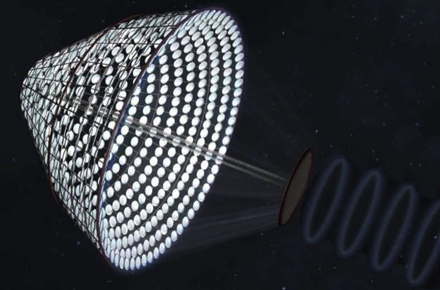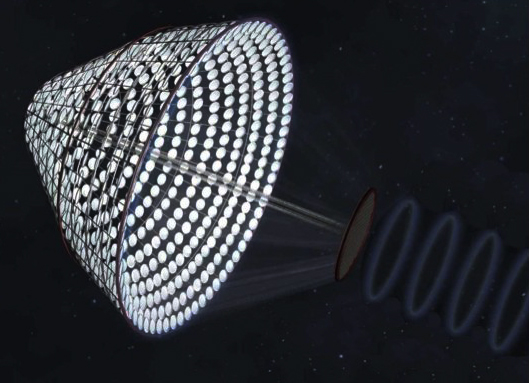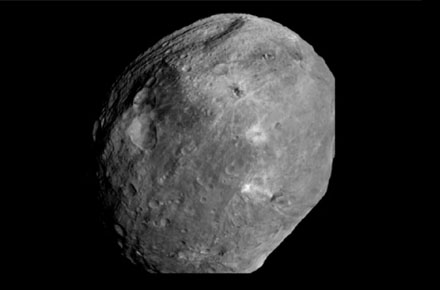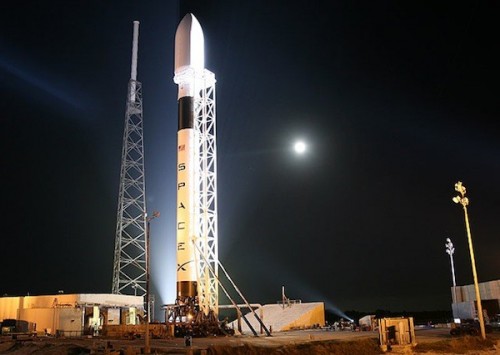NASA Looks to Solar Satellites as Earth’s Next Source of Energy
Availability of power has become a concern in recent years as renewable sources of energy run dry. NASA has come up with a new idea about how to make solar power from space practical.


Availability of power has become a concern in recent years as renewable sources of energy run dry. One option to fix the impending crisis is solar power, though up until now the amount of energy that solar technology can collect has been limited. NASA is looking a different solution to this problem, one that would involve putting a satellite into orbit which would collect solar power and send it back to Earth to be utilized. Previously, this has been considered a daunting task, especially considering current technological limitations. A recent breakthrough in design, however, may change all this.
John Mankins, NASA engineer and leader of their flagship solar satellite development team, has come up with a new idea about how to make solar power from space practical. The project is designated SPS-ALPHA – Solar Power Satellite via Arbitrarily Large PHased Array. Mankins has based his satellite’s structure on that of a flower, taking advantage of the conical shape to collect more solar waves. His claim is that this new design is the first practical one of its type.
This satellite would be covered in solar collection mirrors which could move about, catching the best angles for collection. Microwave-power transmission panels at the base of the satellite would then convert the energy and make it ready for beaming back to Earth in the form of microwaves. Back on Earth the microwaves would be collected by an energy plant and transformed into electricity to be used in everyday applications.
What makes the project even more attractive to NASA is that the satellite itself is lightweight – less than 500 lbs – and composed of individual elements which would make manufacture not only cheaper, but able to be done on a mass-production scale. Currently, NASA is looking into whether Mankins’s concept is likely to live up to the claims he makes of it. If they agree with his design, a small version of the satellite will be constructed and placed into orbit for preliminary testing.










